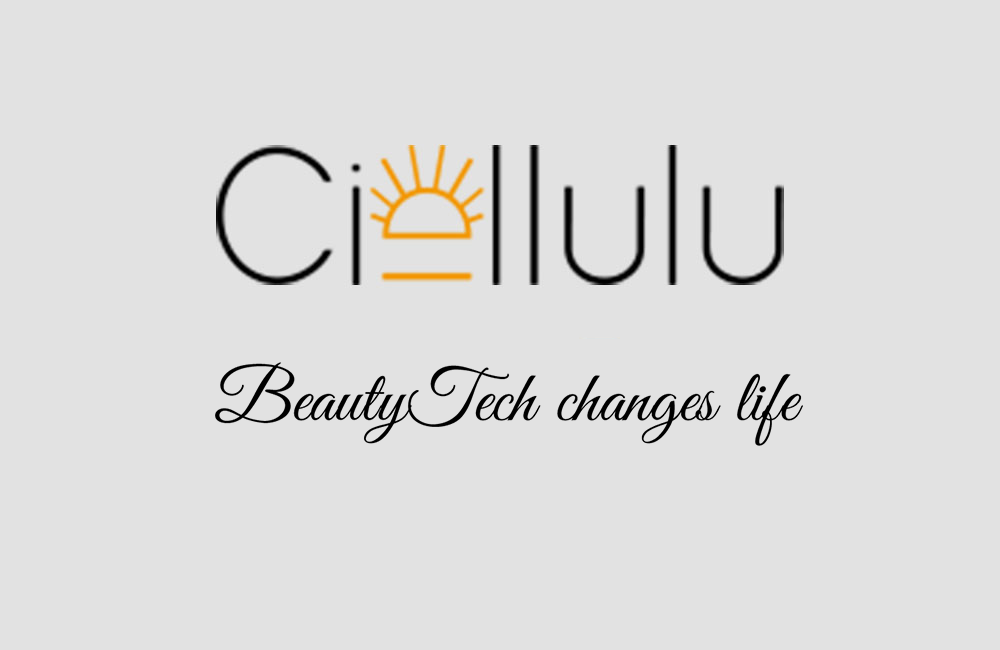The Effectiveness of Microneedling for Acne Scars

The Effectiveness of Microneedling for Acne Scars
The Effectiveness of Microneedling for Acne Scars
Acne scars can be a persistent and distressing reminder of past breakouts, affecting one's confidence and self-esteem. Various treatments are available to address acne scars, ranging from topical solutions to more invasive procedures. Among the emerging popular options is microneedling, a minimally invasive treatment lauded for its effectiveness in reducing the appearance of acne scars. This article explores the benefits of microneedling, compares it to other treatments such as IPL photofacial, and considers its place in a comprehensive acne scar treatment plan.
Understanding Microneedling
Microneedling, also known as collagen induction therapy, involves the use of fine needles to create micro-injuries on the skin's surface. This process stimulates the skin's natural healing mechanisms, leading to increased collagen and elastin production. These proteins are vital for maintaining skin's firmness and elasticity, which can help smooth out acne scars over time.
Why Microneedling for Acne Scars?
Microneedling offers several benefits for those struggling with acne scars:
- Non-Invasive: Unlike more aggressive treatments, microneedling is minimally invasive. This reduces the risk of complications and shortens recovery time.
- Suitable for All Skin Types: This treatment is effective on various skin tones and types, reducing the risk of hyperpigmentation which can be an issue with other procedures.
- Improved Skin Texture: The increased collagen production not only helps with acne scars but also enhances overall skin texture and appearance.
Microneedling vs. IPL Photofacial
Intense Pulsed Light (IPL) Photofacial treatment utilizes broad-spectrum light to target pigmented and vascular lesions, making it an effective spot treatment for acne and other skin blemishes. When comparing microneedling to IPL, it's essential to understand their distinct mechanisms and outcomes.
-
IPL Laser Before and After: IPL treatments show remarkable efficacy in reducing redness, hyperpigmentation, and active acne. Before undergoing IPL, patients can expect a comprehensive consultation to tailor the treatment to their specific needs. After the procedure, the skin appears clearer and more even-toned, with a noticeable reduction in discoloration and inflammation.
-
Microneedling Outcomes: Microneedling focuses on the skin's deeper layers, promoting collagen production. This leads to firmer, more resilient skin and a significant reduction in the appearance of acne scars over multiple sessions.
Combining Treatments for Optimal Results
For those with stubborn acne scars, combining microneedling and IPL treatments could offer synergistic benefits. Using an IPL photofacial machine, IPL can address pigmentation and redness, creating a more uniform skin tone. Subsequent microneedling sessions can then target the texture and depth of acne scars, leading to comprehensive skin rejuvenation.
Safety and Side Effects
Both microneedling and IPL treatments are generally safe when performed by trained professionals. However, some side effects, such as redness, swelling, or temporary skin sensitivity, may occur. Proper aftercare is crucial to maximize results and minimize risks.
Conclusion
Microneedling is a highly effective treatment for reducing the appearance of acne scars, thanks to its ability to boost collagen and elastin production. When compared to IPL for acne treatments, microneedling offers a complementary approach, particularly effective for improving skin texture and resilience. For those dealing with acne scars, a combination of microneedling and IPL treatments might provide the most comprehensive and satisfying results. As always, consulting with a dermatology professional to tailor an individualized treatment plan is recommended.




 Ciellulu Laser - Facial Machine Supplier
Ciellulu Laser - Facial Machine Supplier

